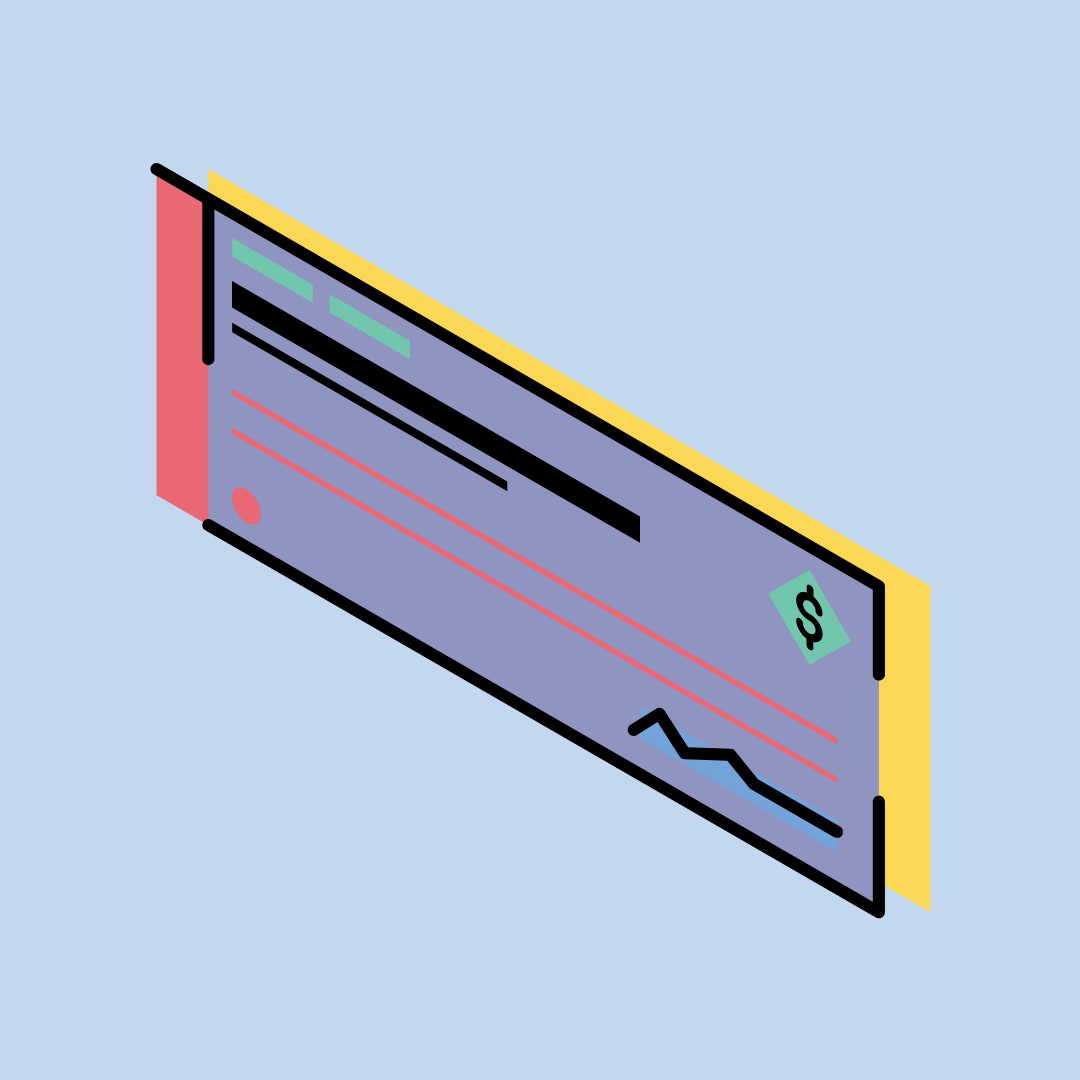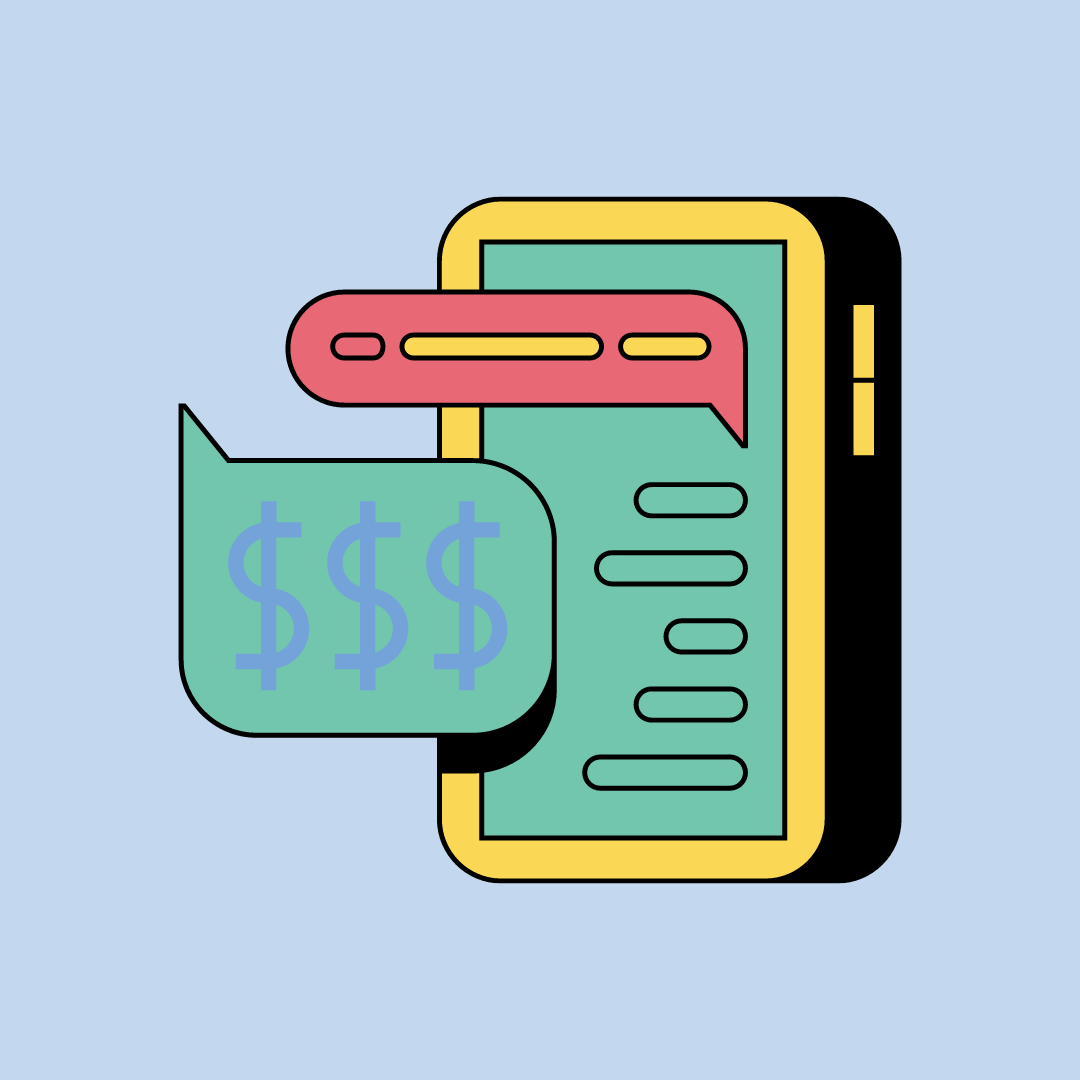In the financial world, choosing the right bank account can make a big difference in your financial life. In this article, we will guide you through the different types of bank accounts available in the United States and help you choose the best option for your needs.
What is a banking account and why is it important?
A bank account is a type of financial product that acts as a financial agreement between a bank and a customer, allowing the customer to deposit and withdraw money. It also offers additional services such as check writing, wire transfers, debit card payments, receiving direct deposits, among others. Choosing the right bank account is essential to efficiently manage your finances and achieve your financial goals.
Different types of bank accounts
There are several types of bank accounts, each with its own characteristics, advantages and disadvantages. Below, we will explore two of the most common: savings accounts and checking accounts:
Current accounts
A checking account, also known as a checking account, is a type of bank account used primarily for everyday transactions. Unlike savings accounts, checking accounts allow you to make unlimited deposits and withdrawals, making them ideal for day-to-day money management.
Checking accounts are offered by almost every bank and credit union in the United States, and each has its own features and benefits. One of the main advantages of checking accounts is their flexibility. You can deposit and withdraw money as often as you want, and you can also perform basic transactions such as paying bills, writing checks and making purchases with a debit card. In addition, many checking accounts offer additional services such as overdraft protection, account alerts, and access to online and mobile banking.
However, unlike savings accounts, checking accounts often have lower or even zero interest rates, which means your money won't grow over time. In addition, some checking accounts may have monthly service fees, although you can often avoid these fees if you meet certain requirements, such as maintaining a minimum balance or making a specific number of transactions each month.
For example, Chase Bank offers the Chase Total Checking account and Citi Bank offers the Citi Basic Banking Package account, which includes access to thousands of ATMs, online and mobile banking. However, like many of the other traditional banks, they charge a monthly service fee of between $8 to 12 unless you meet certain monthly average balance requirements or a minimum amount deposited through direct deposits on a monthly basis.
In contrast, Comun, the online banking for Latinos in the United States, offers a checking or checking account with zero hidden fees. Unlike traditional banks, the bank account offered by Comun requires a $0 minimum deposit, $0 monthly fees, unlimited transactions, and many more ideal benefits.
In summary, while checking accounts may not be the best option for saving money, they are an essential tool for managing your day-to-day finances. When choosing a checking account, it is important to consider your banking habits and look for an account that suits your needs.
Savings accounts
A savings account is a type of bank account that has been specifically designed to encourage the habit of saving among users. Its main purpose is to help you store money safely while earning interest on your balance.
Savings accounts are offered by most banks and credit unions in the United States, and each has its own features and benefits. For example, Bank of America offers the Advantage Savings account, which includes a competitive interest rate and the ability to avoid the monthly maintenance fee if you meet certain requirements. Wells Fargo, on the other hand, offers the Way2Save Savings account, which makes it easy to save by automatically transferring $1 from your checking account to your savings account each time you make a transaction.
One of the main advantages of savings accounts is that your money is not only safe, but also grows over time thanks to interest rates. These rates vary depending on the bank and the type of account, but in general, they allow you to earn a small percentage of your total balance each year. In addition, savings accounts are insured by the Federal Deposit Insurance Corporation (FDIC) up to $250,000, which means your money is protected even if the bank fails.
However, savings accounts also have some limitations. One of the most notable is the restriction on the number of certain types of transactions you can make each month. According to the Federal Reserve's Regulation D, you can only make up to six "convenient transactions" per month, which include electronic transfers and payments, automatic debits, checks and debit card payments. If you exceed this limit, the bank may charge you a fee or convert your savings account to a checking account.
Also, while savings accounts are a great way to store money, they are not the best choice if you need frequent access to your funds. For everyday transactions and easy access to your money, a checking account may be more suitable.
Specialized bank accounts
In addition to savings and checking accounts, there are other types of bank accounts designed for specific needs.
Low risk accounts and second chance accounts
Low-risk accounts are bank accounts that offer basic services at a minimal cost, ideal for people looking to avoid high bank charges. On the other hand, second chance accounts are designed for people who have had problems with their bank accounts in the past and are looking for a new opportunity to manage their finances.
Payroll accounts and money market accounts
Payroll accounts are bank accounts into which your employer directly deposits your salary, while money market accounts are savings accounts with investment features that offer competitive interest rates in exchange for maintaining a higher minimum balance.
How to choose the best banking account for your needs
Choosing the right bank account depends largely on your financial needs and goals. For example, if your goal is to save money, a savings account might be the best choice. On the other hand, if you need to make a lot of daily transactions, a checking account might be more suitable.
Factors to consider when choosing a banking account
Some factors to consider when choosing a bank account include interest rates, bank fees, minimum balance requirements, additional services and features, and the bank's reputation.
How to open a bank account with Comun:
To open a U.S. bank account, you will generally need to provide personal information, such as your name, address, date of birth and Social Security number. You may also need to provide a government-issued photo ID and make an initial deposit.
In Comun, the steps and requirements to open a banking account are as follows:
- Download the mobile app on your Apple device from the App Store or on your Android device from the Play Store.
- Open the application and Create your new account; follow the instructions and fill in the personal information fields.
- In less than 5 minutes you will have finished the process of creating a banking account and you will get an account number, routing number and you will be able to start using your virtual debit card immediately.
- Request your debit card and in less than 2 weeks you will receive it in the mail.
We recommend that when you open your bank account with Comun, you make your first deposit to start using your debit card. You can do this in different ways:
- Connect your PayPal account, CashApp, and many more to your Comun bank account and transfer money instantly.
- Deposit cash at one of the thousands of Allpoint network ATMs available at Walgreens, CVS, Target, and many more locations near you.
- Transfer money from your other bank accounts using your account number and routing number from your Comun account; please note that this type of transaction may incur fees from the bank from which you are making the transaction.
The importance of choosing the right banking account
Choosing the right bank account is a crucial step in efficiently managing your finances. We hope this guide has helped you better understand the different types of bank accounts available and make an informed decision. Remember, the best bank account for you is the one that suits your financial needs and goals.
If you are looking to open a bank account and get a debit card, what are you waiting for to do it with Comun?

.png)










.svg)